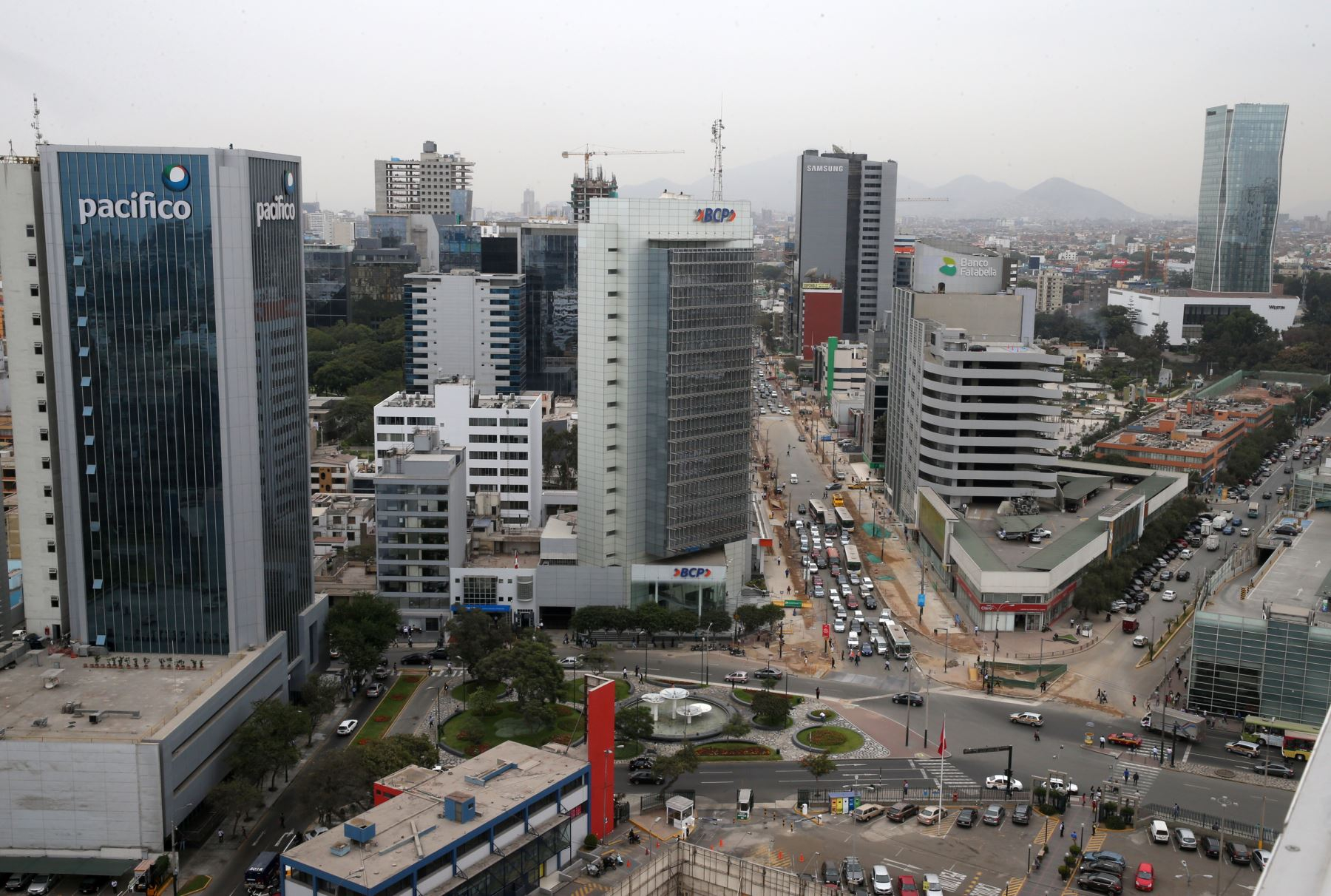
For more than three years, Peru’s credit rating has been on a negative outlook due to “the continued high level of political uncertainty and further deterioration in governance,” according to Fitch Ratings.
Looking ahead to 2024, the behavior of the operational area – technicality with which Fitch refers to the political situation— will still play a key role in the country’s credit reputation and economic recovery, since obstacles persist for private investment and consumption due to popular discontent, explained Andrés Márquez, senior director of Financial Institutions at the rating agency.
It is worth noting that one of the most tangible effects of the downgrade of the rating is the increase in the cost of credit for the country and for its entrepreneurs, who require external capital for their projects.
Juan José Marthans, former head of the SBS, warns that recent political events in no way foresee a recovery of the rating, which is also negative in Moody’s and S&P, and the long-awaited “productive readjustment” depends on political, social, and environmental variables. and international organizations unrelated to what the MEF can do.
MEF sees the glass half full
Márquez recognizes that there will be a slow productive expansion during the current; although the Minister of Economy and Finance, Alex Contreras, insists that January’s indicators “are encouraging and signal the beginning of recovery.”
According to the official, electricity production rose 2.5% in real annual terms and project investment accumulates S/845 million. The Government, in general terms, foresees an annual recovery of the GDP of 3%.
“3% is not a sufficient rebound. It would mean that the Unidos plan has not been more effective during 2024. Peru has to grow more than 3% to conclude that there is a change,” Marthans remarked to La República.
Financial strength despite adversities
This “political and social unrest” announced by Fitch Ratings would deteriorate the quality of banking assets—which are subject to Peru’s negative rating—although positive results are expected anyway, since the bank has sufficient levels of liquidity. to face risks.
Here, Juan José Marthans recalls that for more than two decades the SBS allowed banks to increase their assets to face losses without requiring a capital contribution from their owners. This additional capital allowed the system to face the crises of 2008-2009 and the coronavirus without setbacks.
The fiscal front is another of the benefits of the Peruvian market, notes the economist.
Peru above the regional average
Fitch estimates that Latin America will have growth of 1.5% for the current. With this, after two years, Peru would once again surpass the regional average, although, as this newspaper warned, it will not generate any relevant impact in the fight against poverty, food insecurity and underemployment.
The slowdown of China and the United States, our main trading partners, represents “a challenge” for the markets from this part of the world. The impact of El Niño will also influence the result.
The word
Andrés Márquez, senior director of Financial Institutions at Fitch Ratings
“It is key to monitor the operational scope of Peru and Ecuador (…) Obstacles to private investment and consumption will persist due to political and social unrest.”
Source: Larepublica
Alia is a professional author and journalist, working at 247 news agency. She writes on various topics from economy news to general interest pieces, providing readers with relevant and informative content. With years of experience, she brings a unique perspective and in-depth analysis to her work.












